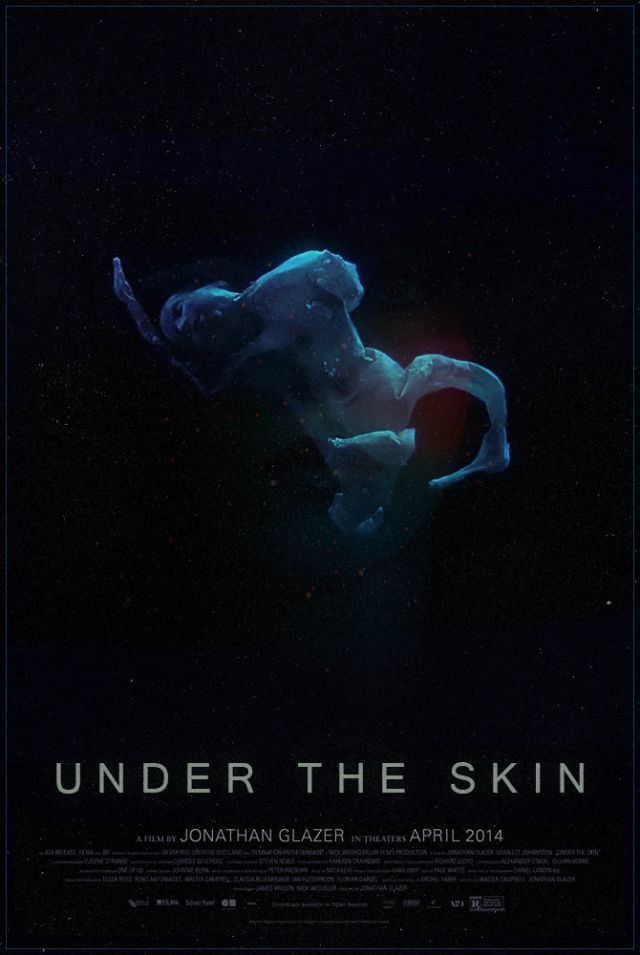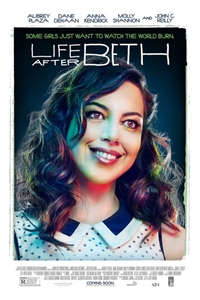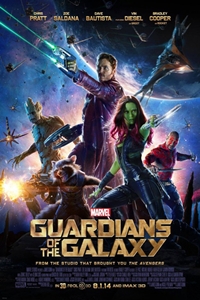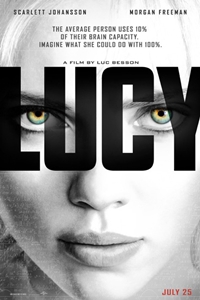Insidious: Chapter 3
Director: Leigh Whannell
Starring: Dermot Mulroney, Stefanie Scott, Tate Berney, Angus Sampson, Leigh Whannell, and Lin Shaye
97 Minutes
Focus Features
A psychic struggling with the responsibility of her gift tells a teenager that when you call out to the dead, you are calling out to all of them. Recently this sort of setup establishes every camera movement, adjustment in sound, positioned prop, foggy set, and lighting manipulation as a tool to build an uneasy sensation just before a big scare scene. While many horror films fall guilty to familiar and predictable jump scares, including “Insidious: Chapter 3”, this film utilizes the frights in far more subtle and effective way. Director Leigh Whannell directs much like he writes - quick and succinct. This makes “Insidious: Chapter 3” move with a swift and systematic pace. While this doesn’t always help in making the film as terrifying as the first film in the franchise, it does give this third chapter the quality it seems to be aiming for, which is the benefit of a safe scare that lingers just as quickly as it appeared.
This film happens a few years before the haunting of the Lambert family from the first “Insidious”. A young girl named Quinn (Stefanie Scott) has recently lost her mother to cancer and is struggling to find some connection to her. Quinn locates retired psychic Elise Rainier (Lin Shaye), who is a shell of the confident and glowing woman she portrayed in the first two films because she is devastated by the loss of her husband. Elise tells Quinn that she cannot help her and warns her to be careful about reaching out to the dead. Elise begins to experience bizarre occurrences, black tar stained footprints appear, loud knocking noises wake her, and images of a man in a breathing mask stalk her. Elise realizes through a vision that Quinn is in terrible danger, and that she is the only one who can help her.
Employing the prequel scenario is a familiar setup in horror films; especially those that try to maintain the longevity of a franchise. The first “Insidious” was a unique experience because it accomplished what many ghost and haunting stories seemed to have difficulty accomplishing, which was actually being scary. Director James Wan has become a staple of creepy horror films, recently moving on to another franchise with “Furious Seven” and this week being attached to the comic book adaptation of “Aquaman”. Wan’s longtime writing partner Leigh Whannell, who wrote all the “Insidious” films and the first three “Saw” films, has taken over the reins of “Insidious” and has guided it back from the strayed path “Insidious: Chapter 2” took. Instead of continuing the story with the Lambert family, Whannell takes the best parts from the first two films and puts them in focus here. Lin Shaye is given a leading role and she owns every moment on screen. This time we find her broken, afraid, and alone, not at all confident of her abilities. Shaye’s transition into the authoritative force is well accomplished, even giving her character a cheer worthy moment of defiance. The ghost-busting boys, Specs (Leigh Whannell) and Tucker (Angus Sampson), from the Spectral Sightings team are back to offer moments of comedic relief between scares, a nice blindsiding effect. And an old friend from the past films makes a jolting appearance as well.
While it’s no fault of this third chapter, the “Insidious” films have established a blueprint for how they like to scare you, which unfortunately makes the frightening qualities here have a lessoned effect. The film again focuses on a family and how the wounds of the past make them susceptible to dark forces. While “Insidious: Chapter 2” felt like a hurried effort from the beginning, continuing the story with the Lamberts into clichéd and particularly un-scary places, “Insidious: Chapter 3” takes the best characters and scare designs from the previous films and makes a film that stands on its own.
Monte’s Rating
3.00 out of 5.00



























